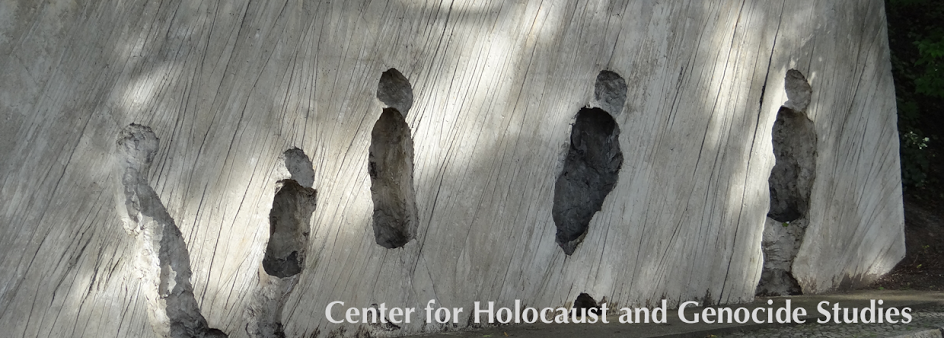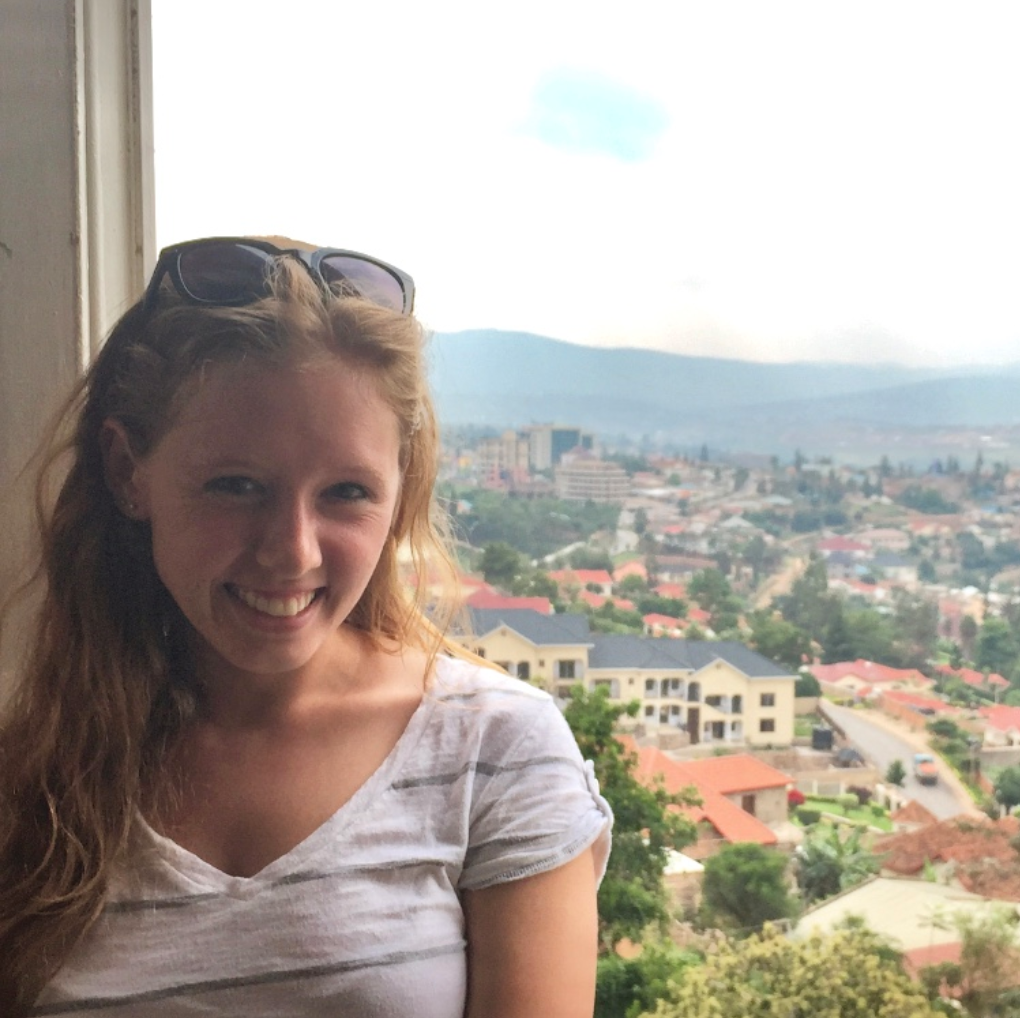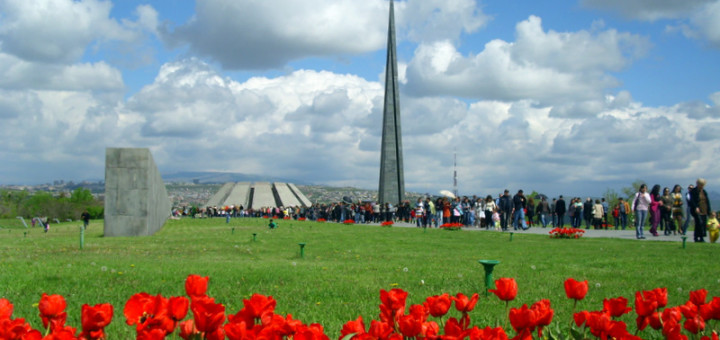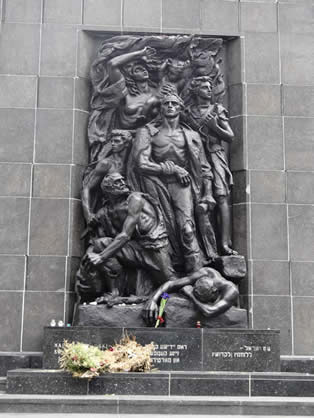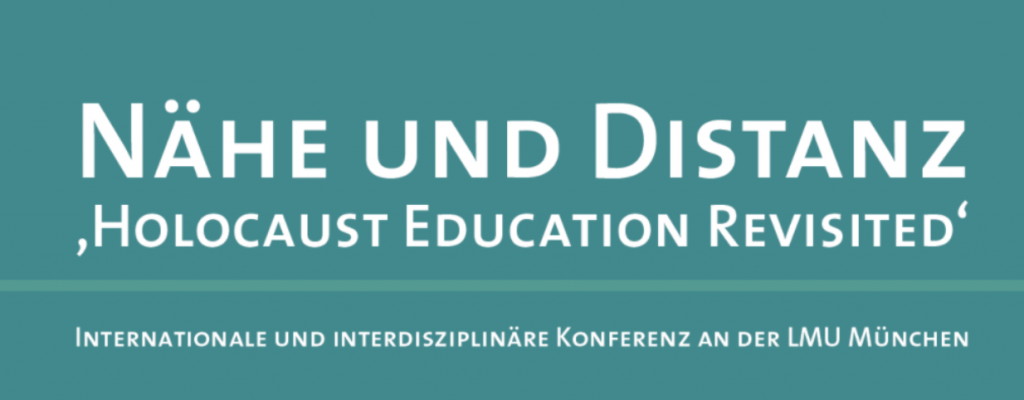The Holocaust, Genocide and Mass Violence (HGMV) Interdisciplinary Graduate Group continues to be a thriving community of graduate students, faculty and visiting scholars. This year, we decided to split the time between two speakers, to more accurately reflect presentation lengths in conferences, and to still be able to provide thoughtful feedback. We had a total of 20 presenters – the largest number to date!
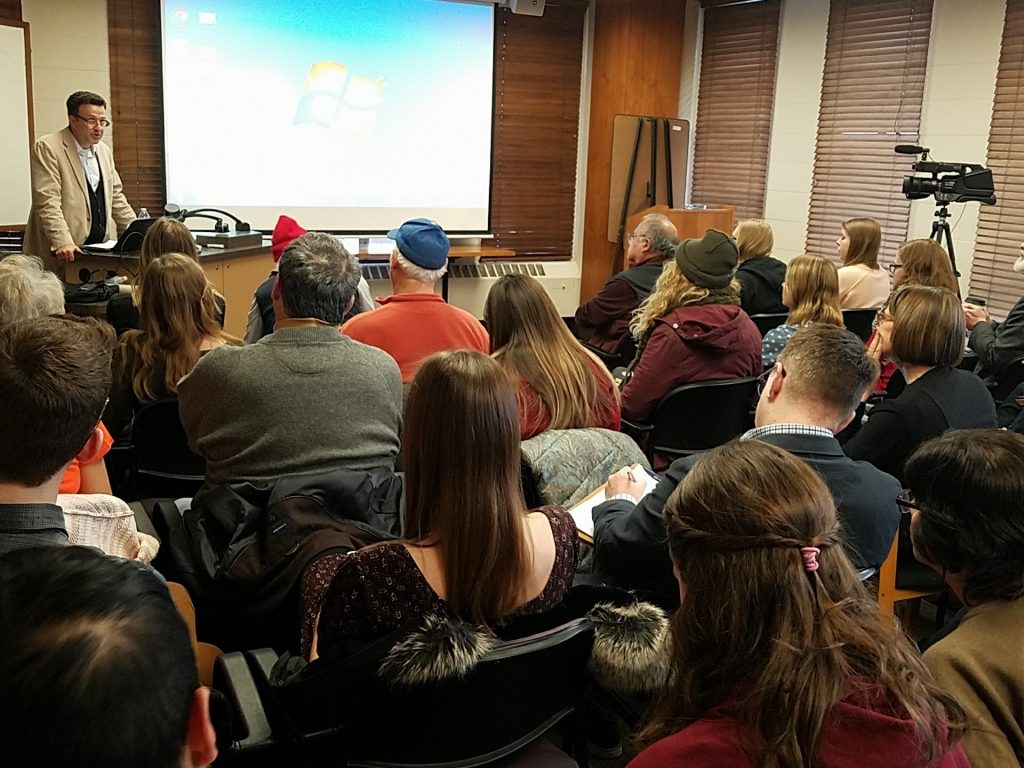 We started off the year welcoming everyone back from the summer by sharing information about HGMV funding and other professional development opportunities. Our first speaker, Maria Jesus Fernandez, a CHGS visiting scholar, started us off with a fascinating talk on translations of Anne Frank into Spanish. Throughout the year, we were also visited by captivating scholars and educators, such as Jodi Elowitz who led a timely training session on how to teach about right-wing extremism, Carlo Tognato who argued for a civil pedagogy of solidarity for highly polarized societies, and Martha Stroud, who gave an engaging account of the lingering stigma after the 1965 killings in Indonesia, followed by a training session on how to use the Genocide Survivor Testimonies at the USC Shoah Foundation. Our student speakers came from 8 different departments throughout the University of Minnesota, and covered a wide range of topics, including Holocaust education, an analysis of Peruvian cinema and the genocide in Indonesia and . Students presented work in various stages, and they deployed a variety of interdisciplinary qualitative and quantitative methodologies.
We started off the year welcoming everyone back from the summer by sharing information about HGMV funding and other professional development opportunities. Our first speaker, Maria Jesus Fernandez, a CHGS visiting scholar, started us off with a fascinating talk on translations of Anne Frank into Spanish. Throughout the year, we were also visited by captivating scholars and educators, such as Jodi Elowitz who led a timely training session on how to teach about right-wing extremism, Carlo Tognato who argued for a civil pedagogy of solidarity for highly polarized societies, and Martha Stroud, who gave an engaging account of the lingering stigma after the 1965 killings in Indonesia, followed by a training session on how to use the Genocide Survivor Testimonies at the USC Shoah Foundation. Our student speakers came from 8 different departments throughout the University of Minnesota, and covered a wide range of topics, including Holocaust education, an analysis of Peruvian cinema and the genocide in Indonesia and . Students presented work in various stages, and they deployed a variety of interdisciplinary qualitative and quantitative methodologies.
